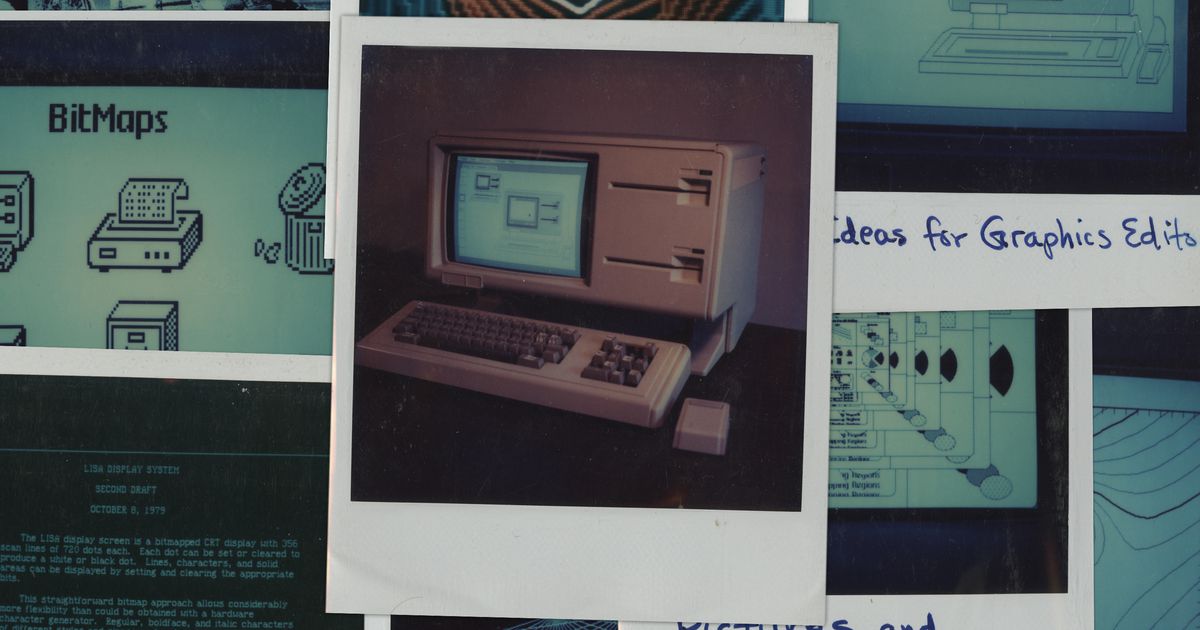raydm6
Yay! Cameras! 🙈🙉🙊┌( ಠ_ಠ)┘ [◉"]
From The Verge: Lisa’s Family Photos

 www.theverge.com
www.theverge.com
Click to scroll through photos.
to scroll through photos.

“Literally two weeks later, I had quit my PhD program. I moved down to Silicon Valley from Seattle, and I was working at Apple Computer. I knew right from the beginning that what we were doing was gonna change the world in a good way.”
“Without Lisa, there never would’ve been a Mac.” - Bill Atkinson

Lisa’s Family Photos
Apple designer Bill Atkinson shares a look through his rare collection of Polaroid photos from the Lisa computer’s development
Click
 to scroll through photos.
to scroll through photos.
Last edited:


